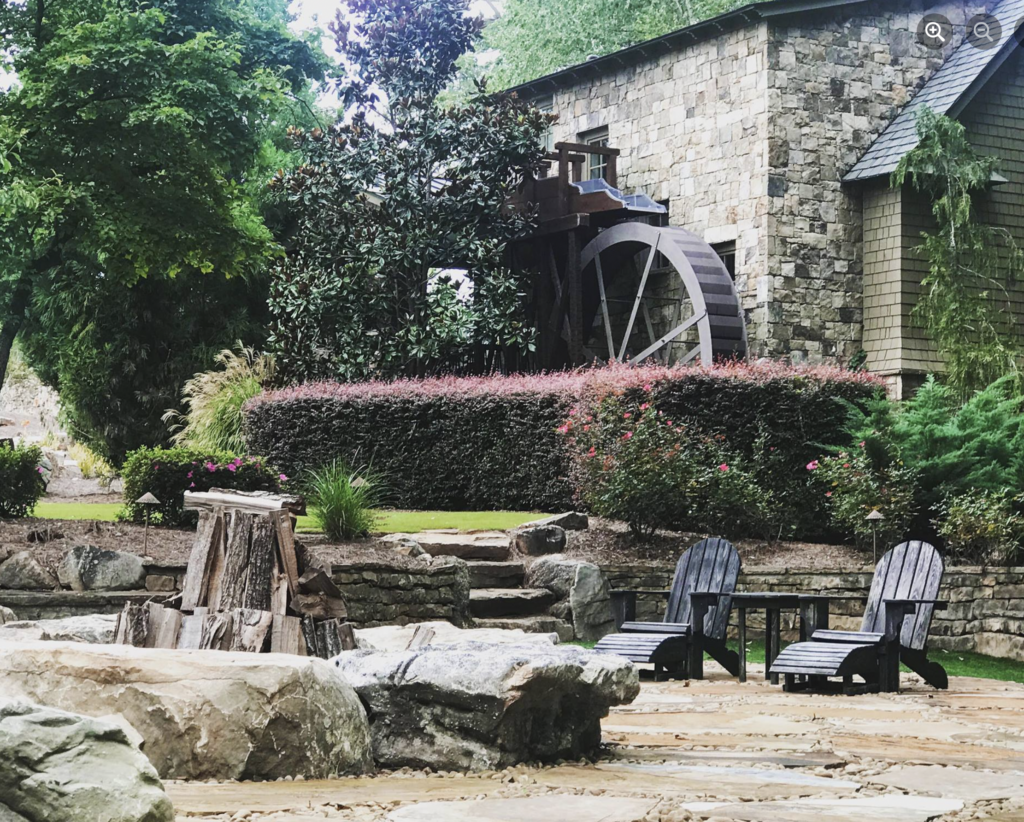
When it comes to HOA Landscaping management first impressions matter not only to help increase property value but also retain homeownership in the neighborhood. We have compiled a list of top HOA trends that we are seeing in 2025 along with ways to reduce costs.
Sustainable Landscaping Practices
- Focus on drought-resistant plants and native species to reduce water usage.
- Install rain gardens and permeable pavements to improve water retention and reduce runoff.
- Promote organic lawn care practices and minimize the use of synthetic fertilizers.
Biodiversity and Pollinator-Friendly Landscaping
- Incorporate plants that attract bees, butterflies, and other pollinators.
- Create wildlife corridors or “green belts” to support local fauna.
- Reduce lawn size in favor of diverse planting areas.
Smart Irrigation Systems
- Invest in weather-responsive irrigation systems that optimize water use.
- Use drip irrigation for targeted watering of plant roots.
- Offer HOA members educational workshops on water conservation.
Outdoor Living Spaces
- Develop communal outdoor spaces with seating areas, fire pits, and natural shade.
- Install outdoor kitchens or BBQ areas in shared spaces to foster community engagement.
- Incorporate sensory gardens for relaxation and mental wellness.
Year-Round Color and Interest
- Plan landscaping to ensure visual appeal across all seasons with diverse flowering cycles.
- Include evergreen shrubs, ornamental grasses, and hardscaping for winter interest.
- Introduce lighting for nighttime aesthetics and safety.
Climate-Resilient Designs
- Evaluate landscaping for resistance to extreme weather events, such as flooding or heatwaves.
- Enhance tree canopy coverage to reduce urban heat islands in HOA neighborhoods.
- Use erosion-control techniques for slopes and areas prone to heavy rains.
Enhanced Pathways and Walkability
- Add walking trails, bike paths, and pedestrian-friendly landscaping.
- Incorporate features like benches, lighting, and wayfinding signs.
- Ensure paths are ADA-compliant and accessible to all residents.
Technology Integration
- Use apps or digital platforms for community landscaping updates and input.
- Employ drones for property inspections and overhead landscaping assessments.
- Implement smart sensors to monitor soil health and plant growth.
Community Involvement Initiatives
- Organize tree-planting drives and seasonal clean-up events.
- Launch contests for the best resident-maintained garden or yard.
- Collaborate with local schools for educational programs around landscaping.
Along with those trends, here are some practical ways that HOAs can save money while maintaining community aesthetics:
Opt for Low-Maintenance Plants
- Choose native, drought-tolerant, or low-maintenance plants to reduce water and maintenance costs.
- Replace high-maintenance lawns with ground covers, ornamental grasses, or wildflower meadows.
Implement Water-Saving Strategies
- Install smart irrigation systems that adjust watering schedules based on weather conditions.
- Use drip irrigation for precise watering and minimize evaporation.
- Collect rainwater in cisterns or barrels for reuse in landscaping.
- Mulch planting beds to retain moisture and reduce watering needs.
Invest in Long-Term Solutions
- Install trees strategically to reduce energy costs for cooling nearby buildings.
- Use hardscaping elements (e.g., rock gardens or decorative boulders) that require no upkeep.
- Phase out annual plants in favor of perennials that grow back year after year.
Audit and Optimize Irrigation
- Regularly inspect irrigation systems for leaks, broken heads, or inefficient zones.
- Adjust watering schedules to seasonal needs to avoid overwatering.
- Transition to xeriscaping in areas where water costs are high.
Reduce Lawn Areas
- Replace unused lawn areas with mulched beds, rock gardens, or community spaces.
- Convert steep or hard-to-mow slopes into wildflower zones or erosion-resistant plantings.
Leverage Grants and Tax Incentives
- Apply for water conservation grants or rebates for irrigation upgrades.
- Explore tax incentives for sustainable landscaping or tree planting initiatives.
- Partner with local municipalities for subsidized tree-planting programs.
